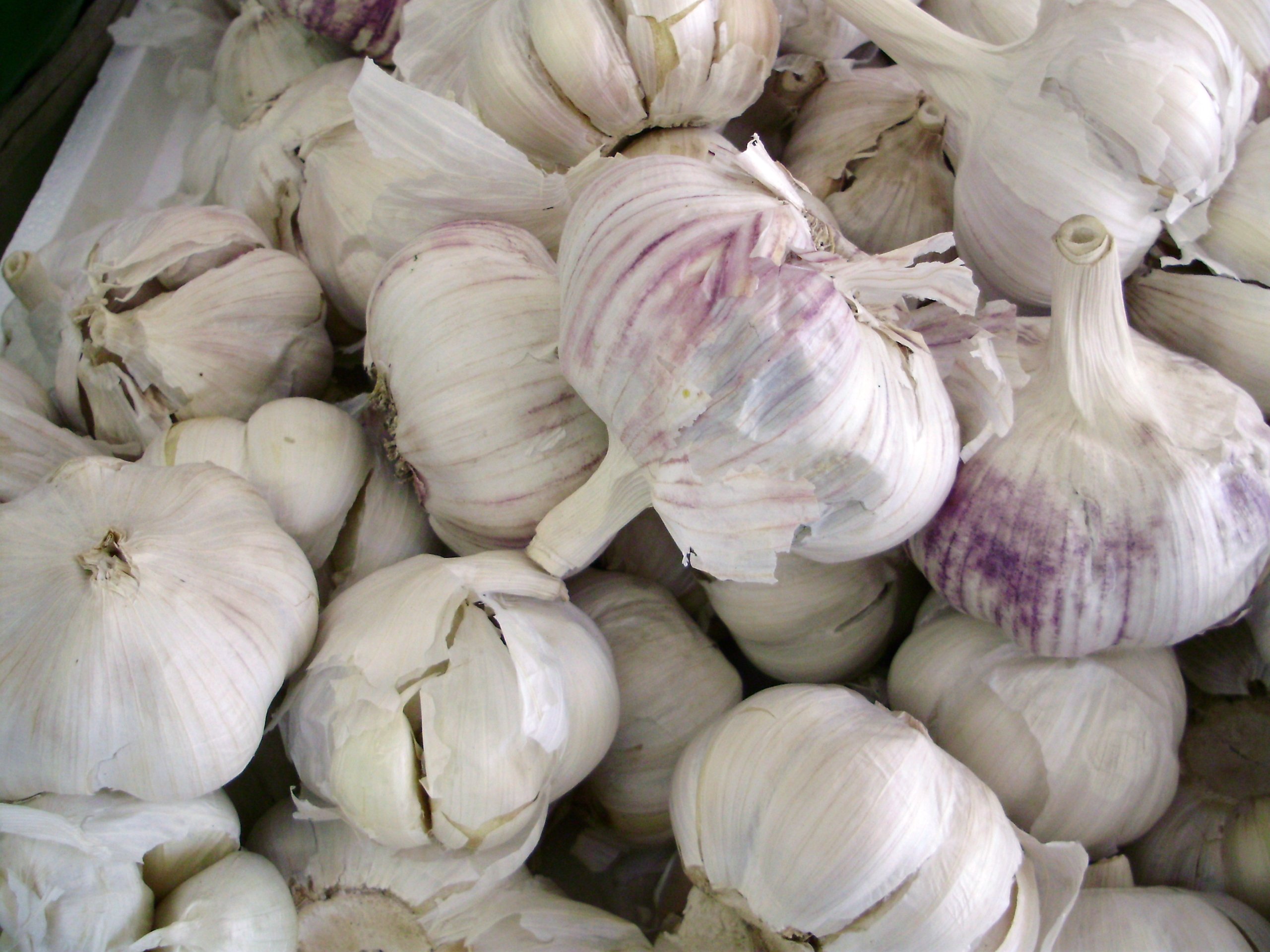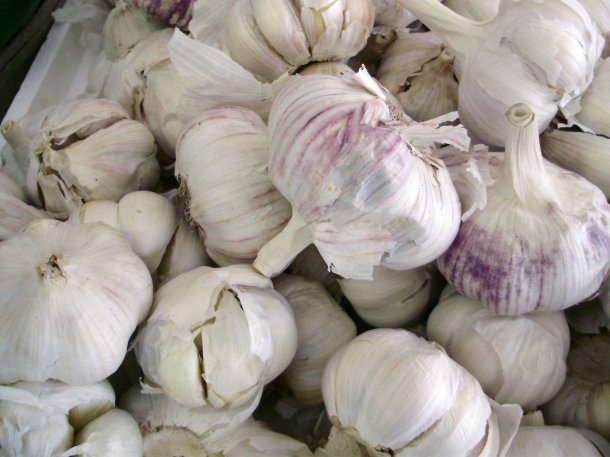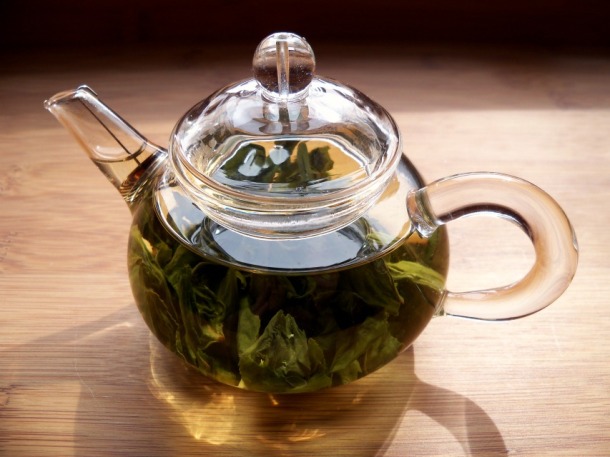
Photo Credit: Kirti Poddar (22598380@N07/Flickr)
Wine and food pairing may seem like a refined art form, cultivated through trial and error to best suit the individual, but what if we told you there was also a science to it?
When it comes to wines, the word “tannin” is thrown around a lot. In broad terms, tannins are a type of flavonoid molecule, which reside in the bark, leaves, and unripe fruits of a wide variety of plants. The three major classes of tannins are hydrolyzable, condensed, and phlorotannins. Where wine is concerned, phlorotannins are nonexistent (only found in brown algae); hydrolyzable tannins leach from the oak barrel that wines have fermented and aged in; and condensed tannins come from the grapes [1]. While hydrolyzable tannins may be present in all wines, since winemaking traditions necessitate oak barrels, these offer little towards wine taste, mouthfeel, and color. Viniculture favors condensed tannins. Originating from the grape skins, seeds, and stems that go into winemaking, condensed tannins play a key role in wine-tasting.
Red wines are made using the entire wine grape, obtaining their color from anthocyanin, another type of flavonoid molecule found alongside tannins in grape skins. By contrast, white wines are produced from just the grape pulp. Since the tannin-containing parts of the grape do not go into white wine production, white wines are often lower in tannin levels and generally lack condensed tannins.
So how is all this discussion about tannins relevant in choosing which wine to serve alongside a steak dinner?
Tannins contribute to two wine-tasting characteristics: bitterness and astringency [1,3]. Anyone who has ever eaten an under-ripe grape has experienced an exaggerated sensation of astringency, as under-ripe grape skins contain high tannin concentrations. However, astringency should not be confused with bitterness or sourness; these tastes are perceived on the tongue through bitter and sour taste receptors. Conversely, astringency is a physical sensation, frequently described as a dryness or roughness on the tongue.
A sip of wine is just the beginning of the biochemical process behind astringency. Our saliva contains proteins that are able to organize water molecules about themselves, which increases saliva viscosity to above water viscosity, giving rise to “mouth lubrication” [2]. Tannins in wine readily bind to saliva proteins. This causes a snowball effect: tannin-bound proteins end up clumping together with other tannin-bound proteins, creating an aggregate [3]. This aggregate inevitably precipitates out of our saliva. With fewer free, unbound saliva proteins, there is a decrease in saliva viscosity, subsequently leading to a decrease in mouth lubrication [3]. In short, tannins physically dry out the tongue.
In this respect, high-tannic red wines pair well with high-protein foods. With more tannins binding to food proteins, saliva proteins are spared and the wine doesn’t feel as astringent in the mouth. Tried-and-true pairings include Cabernet Sauvignon with a rack of lamb, Pinot Noir with pork roast, and Chianti with grilled salmon.
Besides the protein interactions, tannins have also been shown to favorably bind to fats [4]. Fats are polar molecules by nature (they don’t like to interact with water). On the other hand, saliva is mostly water. By attaching to tannins, fats hinder tannins from mixing with saliva and binding to proteins. Essentially, fats wash the tannins away. For this reason, wine paired with cheese is a great treat, as is a gourmet burger with a glass of Zinfandel.
Armed with this knowledge, why not begin your own wine and food adventure? May we suggest a Cabernet with mac and cheese with spam?

Photo Credit: Jose Tagarao (lidocaineus/Flickr)
References cited
- Goode, Jamie. “Tannins in Wine.”Wine Anorak.
- Hatton M, et al. Lubrication and viscosity features of human saliva and commercially available saliva substitutes. Journal of Oral and Maxillofacial Surgery. June 1987;45(6):96-99.
- Cala O, et al. NMR and molecular modeling of wine tannins binding to saliva proteins: revisiting astringency from molecular and colloidal prospects. The FASEB Journal. November 2010;24(11):81-90.
- Furlan, A, et al. Red wine tannins fluidify and precipitate lipid liposomes and bicelles. A role for lipids in wine tasting? Langmuir. May 2014;30(19):18-26.
 About the author: Alice Phung once had her sights set on an English degree, but eventually switched over to chemistry and hasn’t looked back since.
About the author: Alice Phung once had her sights set on an English degree, but eventually switched over to chemistry and hasn’t looked back since.
Read more by Alice Phung













